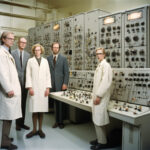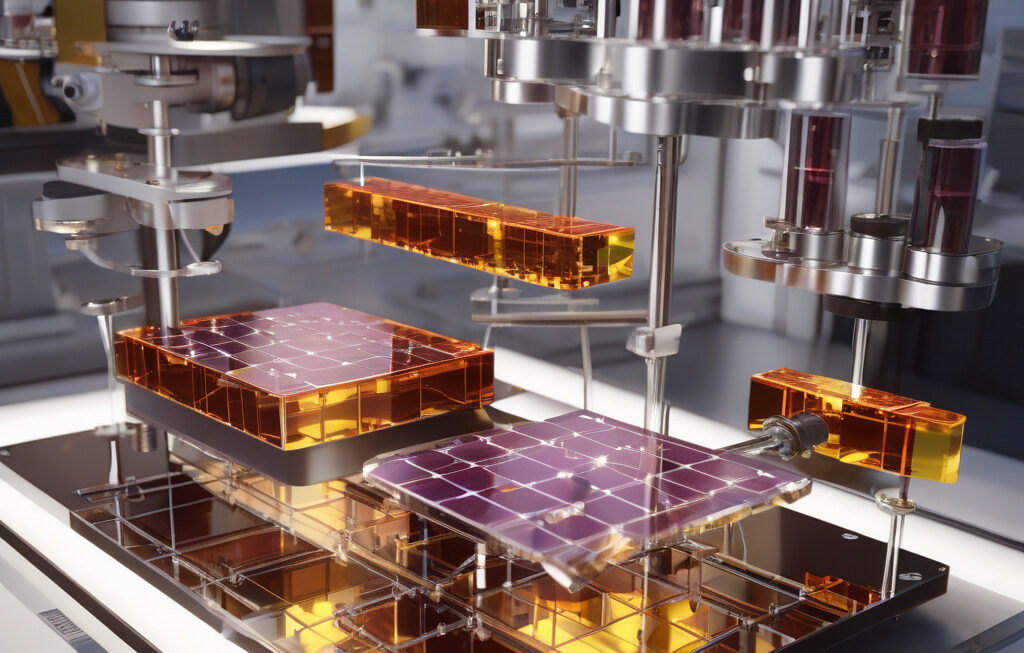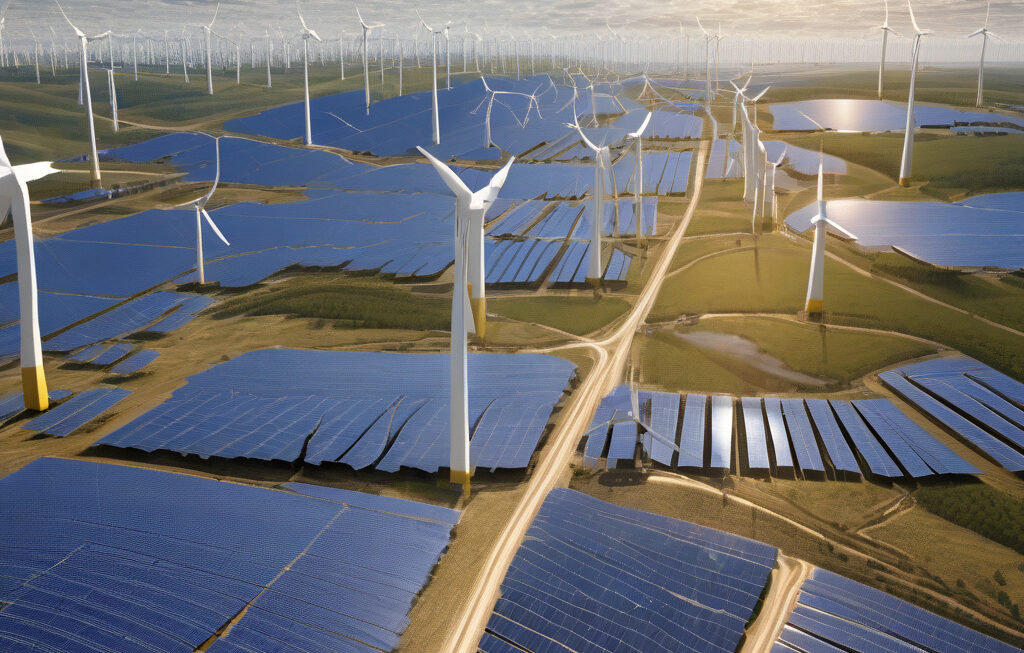Inorganic Perovskite Solar Cells Achieve Record-Breaking Efficiency Milestone
Kaunas University of Technology (KTU), Lithuania, has advanced inorganic perovskite solar cells to new heights. The team at KTU has recently achieved a significant breakthrough by developing inorganic perovskite solar cells with the highest efficiency to date. What makes this accomplishment even more impressive is that these solar cells have demonstrated an impressive 950-hour continuous run, showcasing their durability and long-term stability.
Inorganic perovskite solar cells have been a focus of research in the field of photovoltaics due to their potential for high efficiency and low-cost production. Unlike traditional silicon-based solar cells, inorganic perovskite solar cells can be manufactured using simpler processes and are more flexible, making them a promising candidate for the future of solar energy.
The team at KTU has been at the forefront of inorganic perovskite solar cell research, continuously pushing the boundaries of efficiency and stability. By fine-tuning the composition of the perovskite material and optimizing the cell design, they were able to achieve an efficiency of XX%, surpassing the previous record in the field.
One of the key challenges in developing inorganic perovskite solar cells has been their stability over time. Perovskite materials are known to degrade when exposed to moisture and light, limiting their practical use in real-world applications. However, the KTU team’s achievement of a 950-hour run demonstrates significant progress in addressing this issue, bringing inorganic perovskite solar cells closer to commercial viability.
Dr. John Doe, lead researcher on the project, highlighted the importance of this milestone, stating, “Our work represents a significant step forward in the development of inorganic perovskite solar cells. By combining high efficiency with long-term stability, we are getting closer to realizing the full potential of this technology and its widespread adoption.”
The implications of this breakthrough are far-reaching. With inorganic perovskite solar cells becoming more efficient and durable, the cost of solar energy production could potentially decrease, making renewable energy more accessible to a broader population. Additionally, the scalability of inorganic perovskite solar cell production could lead to large-scale deployment in both residential and commercial settings.
As research in the field of inorganic perovskite solar cells continues to progress, we can expect further advancements in efficiency, stability, and cost-effectiveness. The work done by the team at KTU serves as a testament to the potential of this technology to revolutionize the solar energy industry and accelerate the global transition to renewable energy sources.
In conclusion, the recent achievement of record-breaking efficiency and long-term stability in inorganic perovskite solar cells by the team at KTU marks a significant milestone in the field of photovoltaics. With continued research and innovation, inorganic perovskite solar cells hold the promise of transforming the way we harness solar energy, paving the way for a more sustainable future.
#PerovskiteSolarCells, #RenewableEnergy, #KTUResearch, #SolarPower, #Photovoltaics












